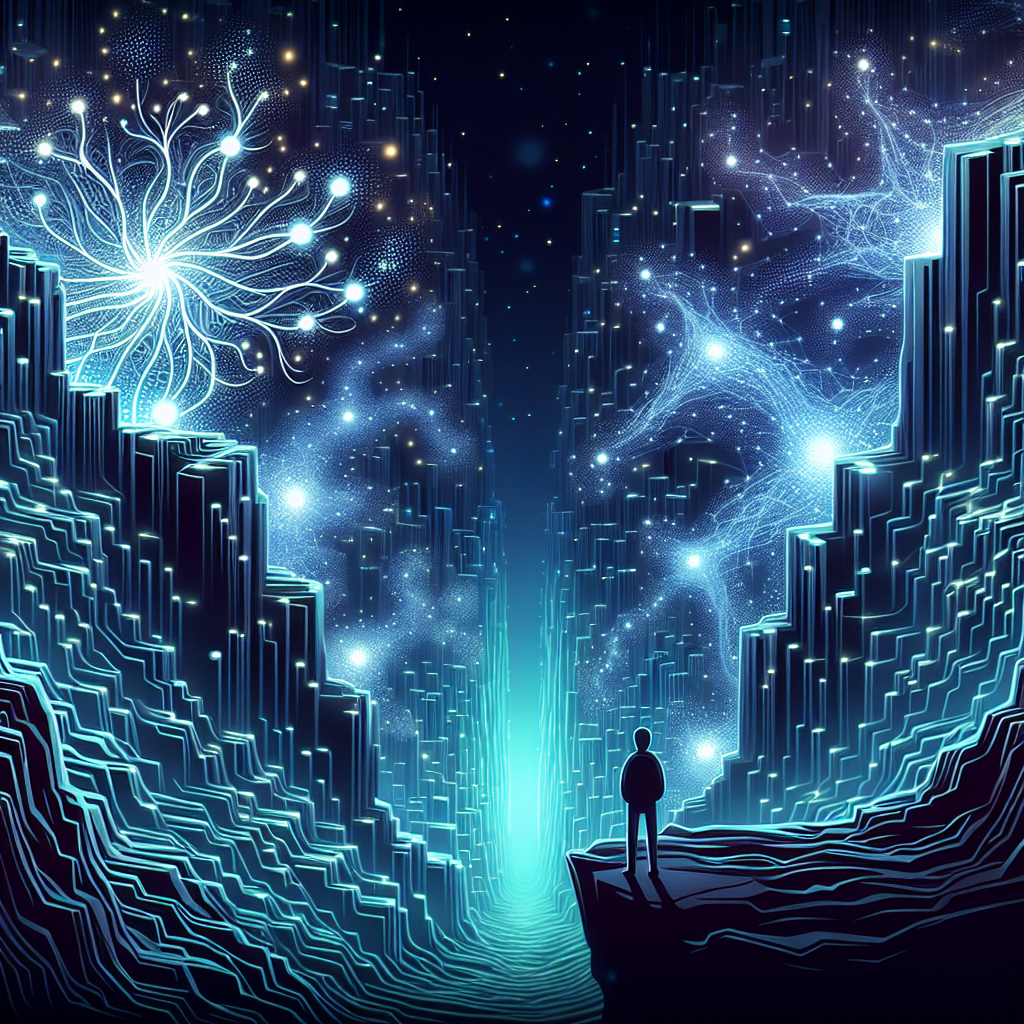Your cart is currently empty!
Exploring the World of Neural Networks: A Beginner’s Guide to Deep Learning with PyTorch and TensorFlow

Neural networks have become increasingly popular in recent years, with applications ranging from image recognition to natural language processing. If you’re interested in diving into the world of deep learning and neural networks, PyTorch and TensorFlow are two of the most popular frameworks to get started with. In this beginner’s guide, we’ll explore the basics of deep learning and how you can use these frameworks to build your own neural networks.
Deep learning is a subset of machine learning that focuses on training artificial neural networks to perform specific tasks. These neural networks are inspired by the way the human brain works, with interconnected nodes that process and transmit information. Deep learning has been particularly successful in tasks such as image and speech recognition, where traditional algorithms have struggled to perform well.
PyTorch and TensorFlow are two open-source deep learning frameworks that provide a wide range of tools and resources to help you build and train neural networks. PyTorch is known for its flexibility and ease of use, while TensorFlow is often praised for its scalability and performance. Both frameworks have a large community of developers and researchers, making them popular choices for deep learning projects.
To get started with deep learning using PyTorch or TensorFlow, you’ll first need to install the frameworks on your computer. You can easily do this using Python’s package manager, pip. Once you have the frameworks installed, you can start building your neural network by defining the architecture, or structure, of the network.
Neural networks consist of layers of interconnected nodes, or neurons, that process and transform data as it passes through the network. The input layer receives the raw data, such as an image or text, and passes it through one or more hidden layers before producing an output. Each neuron in the network applies a mathematical operation to the input data and passes the result to the next layer.
Training a neural network involves feeding it a large dataset of labeled examples and adjusting the weights of the connections between neurons to minimize the error between the predicted output and the true output. This process, known as backpropagation, uses an optimization algorithm such as stochastic gradient descent to update the weights and improve the network’s performance over time.
Once you’ve trained your neural network, you can use it to make predictions on new, unseen data. This could involve classifying images, generating captions for videos, or translating text between languages. The possibilities are endless, and deep learning continues to push the boundaries of what’s possible with artificial intelligence.
In conclusion, exploring the world of neural networks and deep learning with PyTorch and TensorFlow can be a rewarding and exciting journey. These frameworks provide a powerful set of tools and resources to help you build and train your own neural networks, opening up a world of possibilities for solving complex problems and advancing the field of artificial intelligence. Whether you’re a beginner or an experienced developer, diving into the world of deep learning is sure to be a fascinating and rewarding experience.
#Exploring #World #Neural #Networks #Beginners #Guide #Deep #Learning #PyTorch #TensorFlow,understanding deep learning: building machine learning systems with pytorch
and tensorflow: from neural networks (cnn

Leave a Reply